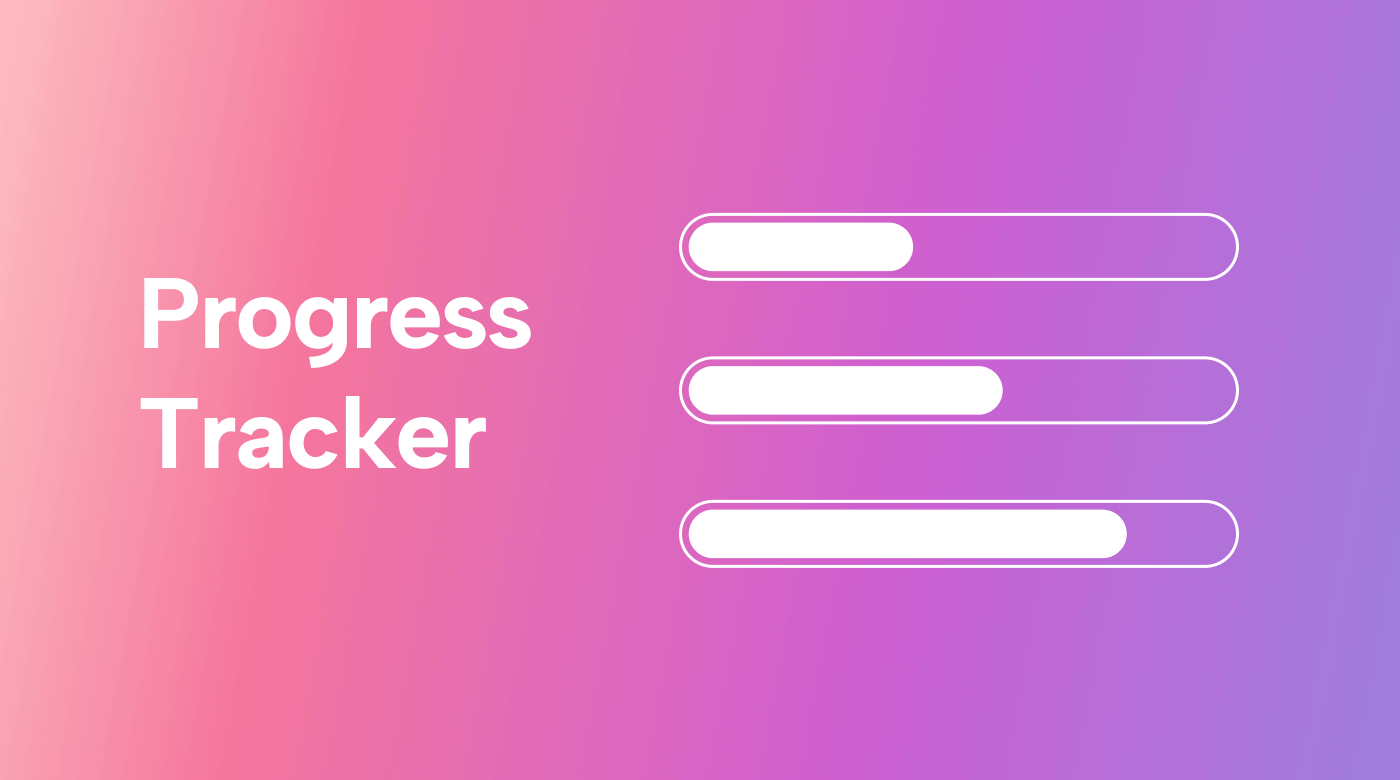Managing requirements is one of the most critical activities in any business or on a project. Doing it right can often be the difference between success and failure. But the interesting thing about this field is that it doesn’t just apply to a particular industry or even one area of a business or project. It’s relevant everywhere.
Fortunately, some clever people have created lots of software tools to help you and ensure your operation doesn’t fall apart due to unmet or unclear requirements. First, we should understand more about what a requirement is.
Managing your requirements
What is a requirement?
Requirements exist in all organizations, all over the place, and at many levels. Whether you’re running a business or a project, you’ll focus on the goal of delivering a product or service to one or more customers.
You’ll also do this when you design new business processes that must satisfy many individual requirements. You can think of requirements as a set of specifications for a new product or service. They’re tasks you must complete, or conditions you must meet to deliver a product or service that satisfies the requirements.
What is requirements management?
Requirements management will be what you do to ensure that everything your team needs to produce to deliver a product or service is there when needed. You and your team must gather, document, and understand the project and process requirements.
And of course you need to make sure every step of the way that your team incorporates them, so they meet stakeholder expectations when delivered.
So, not only do you need to know what the requirements are, but you need to manage them from concept to delivery of a working product or service. This is where a requirements management plan comes in very handy.
Such a plan aims to capture, analyze, manage, and address all business requirements for delivering that product or service.
Why do you need it?
Research reveals that effective requirements management improves your business strategy and day-to-day operations management in several ways:
- It reduces your costs,
- It makes sure you produce high-quality products and services,
- It helps to increase your efficiencies,
- It reduces the risk of things going wrong,
- It enables you to manage processes.
Let’s say you have an idea for a new product but before you can create it, you need to figure out its requirements. In other words, what customer or end-user need will it satisfy and how will it do that? What materials or tools will you need or what you must know for you to build it? You will need to understand its requirements in terms of:
- Functionality — what, exactly, it should be able to do,
- Quality — how robust it must be and how long it should last,
- Usability — how it should be used,
- Reliability — how reliable it must be,
- Safety — what safety features it needs,
- Packaging — and how it must be packaged and delivered.
 |
Requirements management tools
Like many areas of running a project or a business, the devil is in the details. Requirements management involves a lot of detail that can be difficult to track if you do it manually. This is why there’s a whole class of software solutions to help you with this critical function.
In fact, one list featured 119 different tools, so it’s possible to find one that fits your business or project perfectly. We’ve focused on five of the more popular examples of the genre.
Doc Sheets
Artificial intelligence (AI) is all the rage right now, so Doc Sheets stood out in our review: It uses the technology to provide an adaptable and dynamic way of managing requirements and a product or project lifecycle.
Key features
It features a centralized repository, supports real-time collaboration, handles source code version control and component traceability, provides extensive reporting, and offers automation functionality. Unlike many modern tools, Doc Sheets not only supports the Agile methodology. It also works with more traditional sequential project management disciplines.
Strengths
Integration is one of this tool’s strengths. It can mesh with existing workflows and provides extensive import and export functionality. For example, you can import Word documents and export detailed specifications.
Unique selling point
Doc Sheets can help you with change management, task management, and prioritization while supporting a wide range of collaboration tools. It includes extensive reporting and analytics capabilities, allowing you to specify stakeholder-defined attributes and monitor project or task status.
Helix ALM
With Helix ALM, you have choices. You can use the full suite of application lifecycle management products or opt only for the requirements management module, Helix RM. If you select the requirements module, you can:
- Document your product requirements
- Undertake reviews of those requirements
- Track the status of requirements (approved or not)
- Keep a record of changes to your requirements
But if you’re building software, you may want the full Helix ALM suite. That’d provide you with a robust platform for unifying requirements, managing issues, and managing your testing process, all with excellent software requirements traceability. The benefit is an ordered, crystal clear, and consistent development path.
Key features
Helix is good at managing compliance with regulations and industry standards. It’s also easy to use and flexible. One useful feature for software development environments is the powerful reporting for bugs and testing.
Strengths
This tool’s greatest strength is its ability to centralize and manage your requirements, test cases, issues, and other artifacts.
Unique selling point
Helix ALM is a good fit for regulated industries and businesses focusing on product quality and safety. The automated traceability makes it easy to prove compliance.
IBM Rational DOORS
This product is the granddaddy of this software category and is also known by a more instructive but clumsy name: IBM Engineering Requirements Management DOORS Next. It’s acknowledged as a reliable tool for engineering projects and is well-suited to large enterprises dealing with complex projects where details can be critical.
Key features
IBM Rational DOORS features Watson AI and a Requirements Quality Assistant that provides recommendations for your requirements. It creates, analyzes, and traces requirements in any engineering discipline and features dynamic traceability functionality.
Strengths
It’s available in on-premise configurations or cloud-based implementations. It also enables you to use your development data to improve cycle times, reduce costs, and improve the quality of complex products and services.
Unique selling point
The biggest benefit of IBM Rational DOORS is its scalability, which makes it the perfect solution for large enterprises. It’s also good when project managers must work with remote teams and supplier networks.
Jama Connect
This tool offers a powerful platform for modern requirements management, risk management, and testing. While it suits many industries, Jama Connect has carved out a few niches in developing medical devices and the automotive, aerospace, and defense industries.
Key features
Also known as Jama Software, this tool’s browser-based interface supports many engineering disciplines and provides live traceability of requirements and processes. It also supports collaboration with virtual reviews and conversation tracking.
Strengths
This product is a rated application lifecycle management tool, and Jama Software has been praised for its purposeful collaboration, ease of adaptability, and live traceability.
Unique selling point
Jama Connect enables you to capture and share product or project requirements, objectives, progress, and dependencies throughout the software development process. It helps you align hardware, firmware, and software developers while improving your efficiencies, managing changes in source code, and demonstrating standards compliance.
ReqView
This is an easy-to-use and reasonably priced requirements management tool for capturing the structured requirements of software and hardware systems. It empowers you to manage traceability by linking requirements, tests, risks, and other artifacts.
Key features
This requirement organization tool enables you to customize your requirements and tests, track and manage your risks, and arrange your product or project requirements in a tree hierarchy. It supports collaboration via a shared drive or using encrypted documents across the internet.
Strengths
A particular strength of this tool is its use of open file formats for storing project data, specifically human-readable JSON files. This helps you avoid vendor lock-in. Compliance with the highest possible security standards ensures that your sensitive data remains secure.
Unique selling point
ReqView relies on document templates based on international standards and the tried-and-tested needs of engineering processes. It’s also available for use as a 14-day free trial.
How we chose these software tools
Given the number of requirements management tools available these days, choosing five that’d be representative of the genre was tricky. We wanted to list popular solutions but didn’t want to neglect any market segment.
We also needed to make sure that the five tools we chose would tick the three critical boxes that any modern requirements management solution must tick:
- It must help you manage traceability
- It must provide valuable requirements analysis
- It must support collaboration, natively or by connecting to external tools
We also made a point of selecting a mix of products that’d be accessible to small businesses, the mid-market, and large enterprises.
Choosing the right tool for you
Requirements management tools help you map the requirements of a product concept, a new design, or a possible new service. It’ll help you discover how to achieve the requirements and manage those requirements through the product or service lifecycle.
The only question left to answer is which of the tools suits you, your company, and the industry in which you operate. And since requirements management often involves many meetings, and leads eventually to tasks, Motion’s AI-powered intelligent calendar can auto-schedule your requirements sessions with stakeholders and manage the projects you’re working on.
Take advantage of the 7-day free trial now.
















